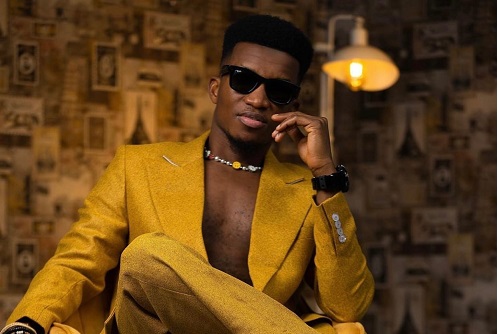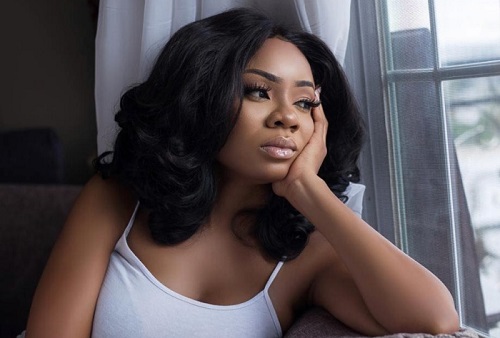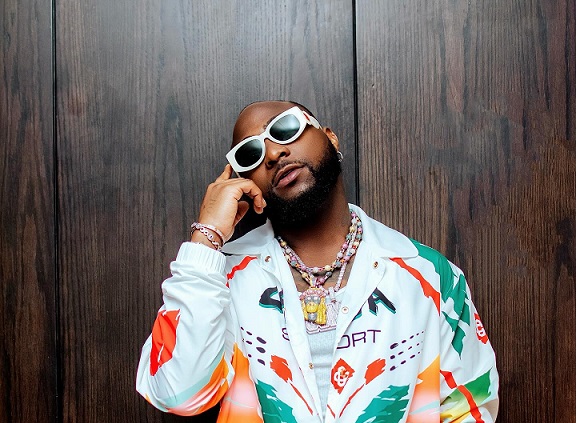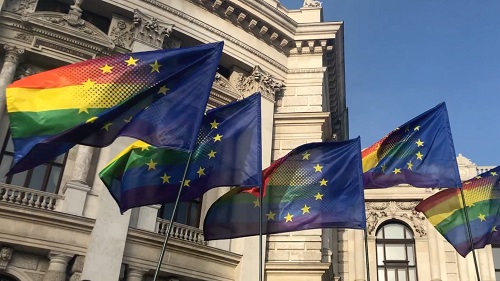
What do our colours choices for our homes say about us? Cassidy George explores the evolution of our favourite interiors hues – and what they can tell us.
“Colour is coming in and out of fashion all the time,” says author Kassia St Clair, when asked about the latest colour trends for interiors. Instagram, the never-ending, digital catwalk of design, has made it easier than ever for us to identify the hues du jour with hashtags, some of the most popular of which include #sagegreen and #blushpink. 2021 has also given new life to some of the most notorious hues from 1970s interiors, like #mustardyellow and #avocadogreen. But the popularity of certain shades in certain times is more than just a product of an ever-evolving trend cycle; it’s a reflection of who we are, our moment in time and most importantly – how we want to feel in the space that’s most precious to us. “We never pick a colour without a meaning,” colour psychologist Karen Haller tells BBC Culture. “We might not know why we’re doing it, and we’re typically about 20% conscious of the colour choices we make. But we are emotional beings, and we see colour before anything else.”
The evolution of interior design over the past 100 years is its own dynamic colour story, which mirrors the zeitgeist of each particular era. In the 1920s, the sleek and geometric Art Deco style emerged as a reaction to the feminine curves and organic hues of the Art Nouveau and Arts and Crafts movement, which preceded it. The interiors of cutting-edge skyscrapers and affluent homes started to glimmer with gold, silver and chrome accents, which made for a lively contrast with jet black and ivory. This “gilded” period of design was led by people like Emile-Jacques Ruhlmann and Eileen Gray, whose glass, mirror and lacquer-laden aesthetic was largely inspired by advancements in technology.
SOURCE: BBC.COM






